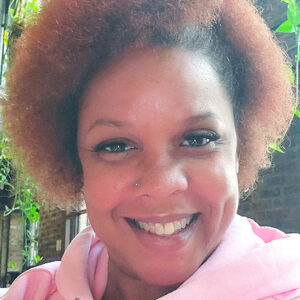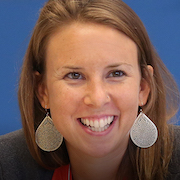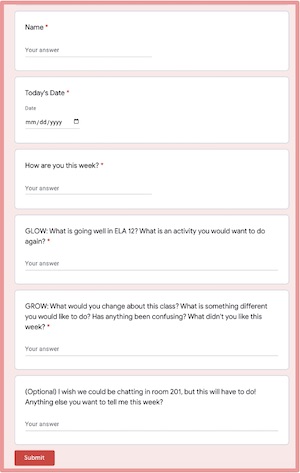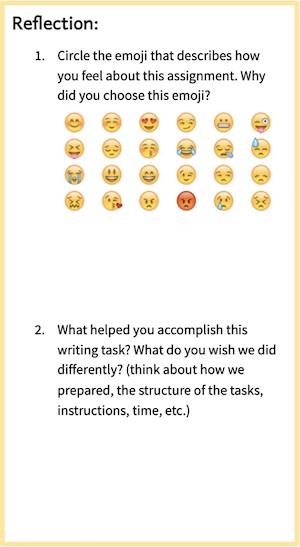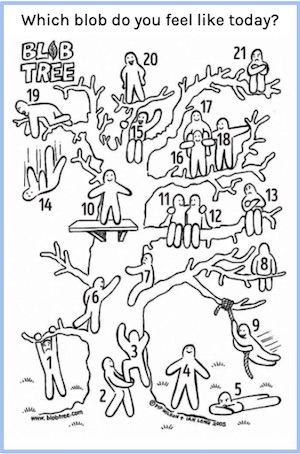The Jeannine King S.P.A.R.K. (Special Populations Advocate, Relationship-builder, and Knowledge-Sharer) Award was established in honor of our beloved colleague, Jeannine King, who passed away in April. Jeannine served as an Inclusive Education Specialist at the Collaborative and, prior to that, as a member of the Bronx Community Charter School community for 13 years, holding various positions in special education and leadership. Below we feature a blog post from one of our inaugural S.P.A.R.K. Award winners, Avery Hollander, Dean of Multilingual Learning at East Harlem Scholars, which features some ways in which she seeks to provide access and supports to special populations students.
Beyond the Buzzwords: Demystifying Content and Language Objectives
By Avery Hollander
What’s the point?
Objectives are the heart of planning a meaningful lesson; they define what students will be able to do when the lesson is completed. Without an objective, a lesson would not have a clear purpose or goal, for both the teacher and the students!
Did you know that every lesson has at least two objectives? A content objective and a language objective. Before we get into why both of these objectives are important, let’s discuss what each objective is and how they differ.
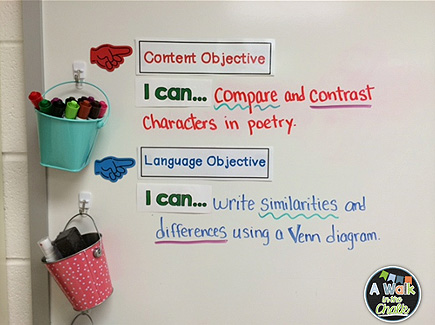 Learning the Objectives
Learning the Objectives
A content objective is what we primarily consider when planning a lesson. It can be defined as the goal for what students will do or know upon completion of the lesson. In other words, the content objective is the what.
A language objective can be defined as the goal for how students will use language to reach the content objective. In other words, the language objective is the how.
(Vibas, 2017)
Digging Deeper: Examples
Let’s imagine that you’re teaching a lesson on weather to kindergarten students, with the goal of helping them identify different types of precipitation. The content objective is clear: students should be able to recognize and name different forms of precipitation.
To support this objective, you can define a language objective that describes how students will use language to achieve the content objective. For example, the language objective could be: students will be able to describe visual representations of precipitation using tier 3 vocabulary. This means that in addition to simply recognizing different types of precipitation, students should be able to verbally describe what they see using more complex and specific language. By focusing on both content and language objectives, you can help students develop a deeper understanding of the topic while also improving their language skills.
Example 1: A Kindergarten Classroom Studying Weather
| Content Objective |
Students will be able to identify the types of precipitation |
| Language Objective |
Students will be able to orally describe visual representations of precipitation using tier 3 vocabulary. |
Let’s review another example. You are teaching a unit to high school students about the different revolutions. The end of the unit culminates with a final project where students compare and contrast two revolutions studied in the unit. The content objective for this final lesson may be: students will be able to identify the similarities and differences between two revolutions. Now, let’s consider a possible language objective. How will students use language to demonstrate they have reached this content objective? One possibility may be: students will use comparative and contrastive language to describe in writing how two revolutions are similar and different.
Example 2: A High School Classroom Studying Revolutions
| Content Objective |
Students will be able to identify the similarities and differences between two revolutions. |
| Language Objective |
Students will use comparative and contrastive language to describe in writing how two revolutions are similar and different. |
Why Include Language Objectives?
Now that we have a clearer idea of what language objectives are, you may be wondering why are these objectives important to consider in lesson planning? How do they help students? Identifying the language objective(s) in a lesson means that you as the teacher have a clear idea of what language is necessary for students to meet the content objective.
When working with special population students, particularly those who are multilingual learners, it’s crucial to identify the language objective(s) for the lesson. Then, you can plan intentional scaffolding to support these students in meeting the objectives by breaking down the content and language, providing extra practice opportunities, and using appropriate instructional strategies to support student success.
Let’s go back to the high school example. The goal is for all students to reach both the language and content objectives- what can be differentiated is how they reach those objectives. Some students may need no scaffolding; they can independently write an academic essay describing the similarities and differences between two revolutions. However, an emerging level multilingual learner will need additional support in order to reach this objective. For example, perhaps they complete a cloze paragraph to use comparative and contrastive language to describe in writing how two revolutions are similar and different. Maybe, they engage in partner writing with a transitioning level multilingual learner and the pair uses a word bank and exemplary essay to write their own paper. Regardless of the type of scaffold that would support that student, the student is still going to meet the class objectives of the lesson.
Closing
In summary, both content objectives and language objectives are a critical component of lesson planning. Objectives drive the intention and expectations of the lesson for both the students and the teacher. Including language objectives in our lesson planning is important because it enables us to intentionally design scaffolding that supports all students in successfully accessing the content, and meeting the lesson’s objectives!
Sources:
Vibas (2017). [objectives on classroom whiteboard] [photo]. A Walk in the Chalk. http://www.awalkinthechalk.com/2015/02/i-can-statements.html
Resources:
https://ellevationeducation.com/blog/crafting-language-objectives-support-english-language-lear ners-ells
https://www.colorincolorado.org/article/language-objectives-key-effective-content-area-instructi on-english-learners
 Learning the Objectives
Learning the Objectives